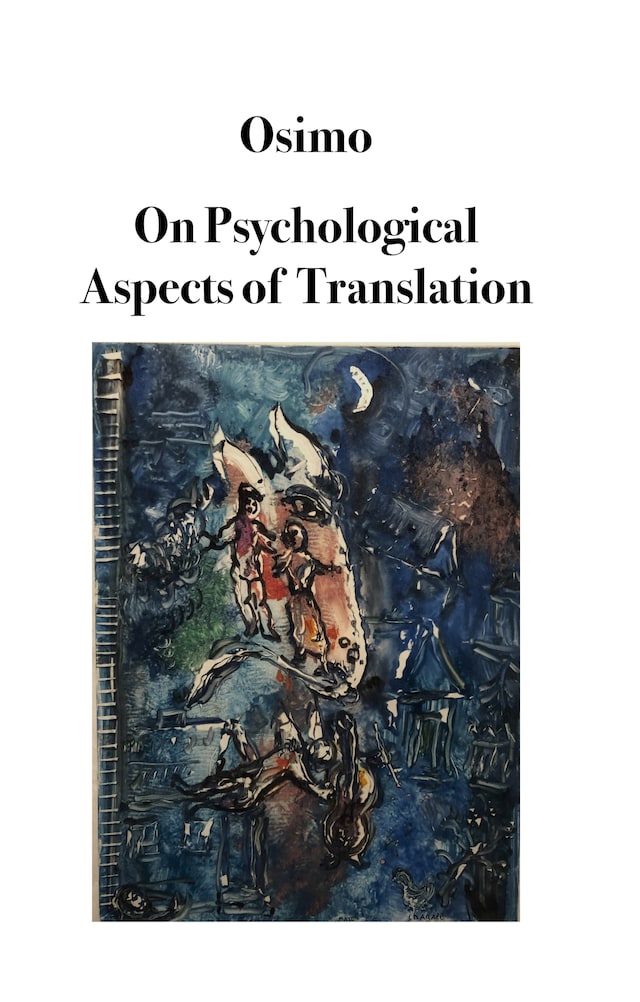
On Psychological Aspects of Translation
Description of book
Translation science is going through a preliminary stage of self-definition. Jakobson’s essay “On linguistic aspects of translation”, whose title is re-echoed in the title of this article, despite the linguistic approach suggested, opened, in 1959, the study of translation to disciplines other than linguistics, semiotics to start with. Many developments in the semiotics of translation – particularly Torop’s theory of total translation – take their cue from the celebrated category “Intersemiotic translation or transmutation” outlined in that 1959 article. I intend to outline here the contributions that the science of translation –following a semiotic perspective opened by Peirce and continued by Torop – can gather from another discipline: psychology. The “totalistic” approach to translation provided by Torop can be more deeply enforced by applying to it the consequences deriving from the psychological insight offered by the concept of “interpretant” as mental sign; the perceptual interpretation of the prototext; reading and writing as intersemiotic translation processes; unlimited semiosis as interminable analysis; primary and secondary process in dreams and in other kinds of translation; metaphor and disambiguation as mental processes; the defenses activated when translation criticism (review) and self-criticism (revision) are made.


